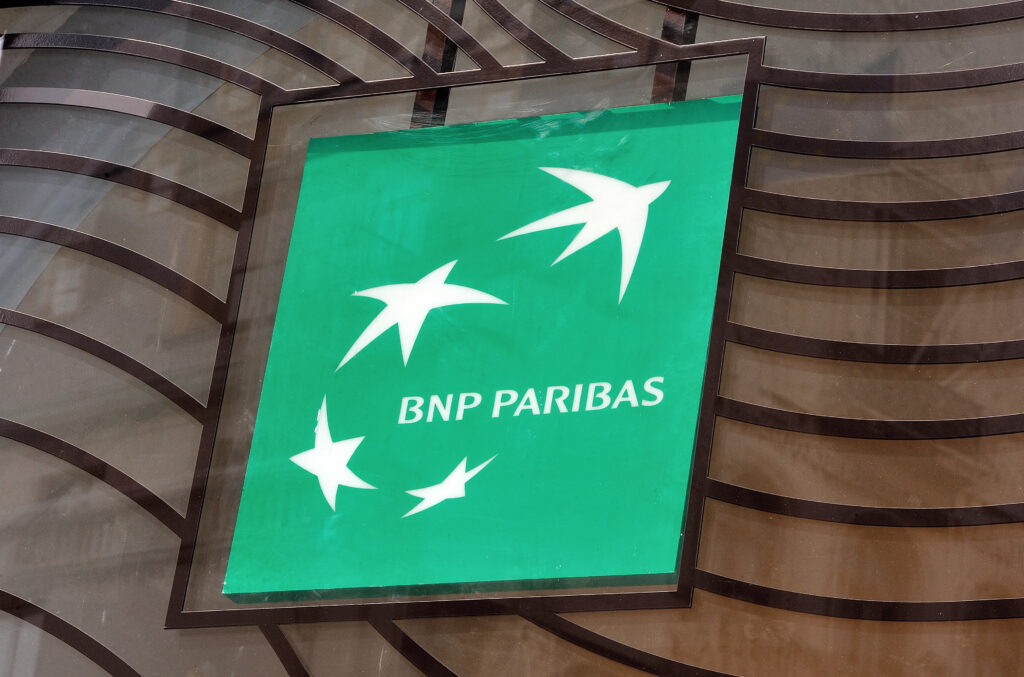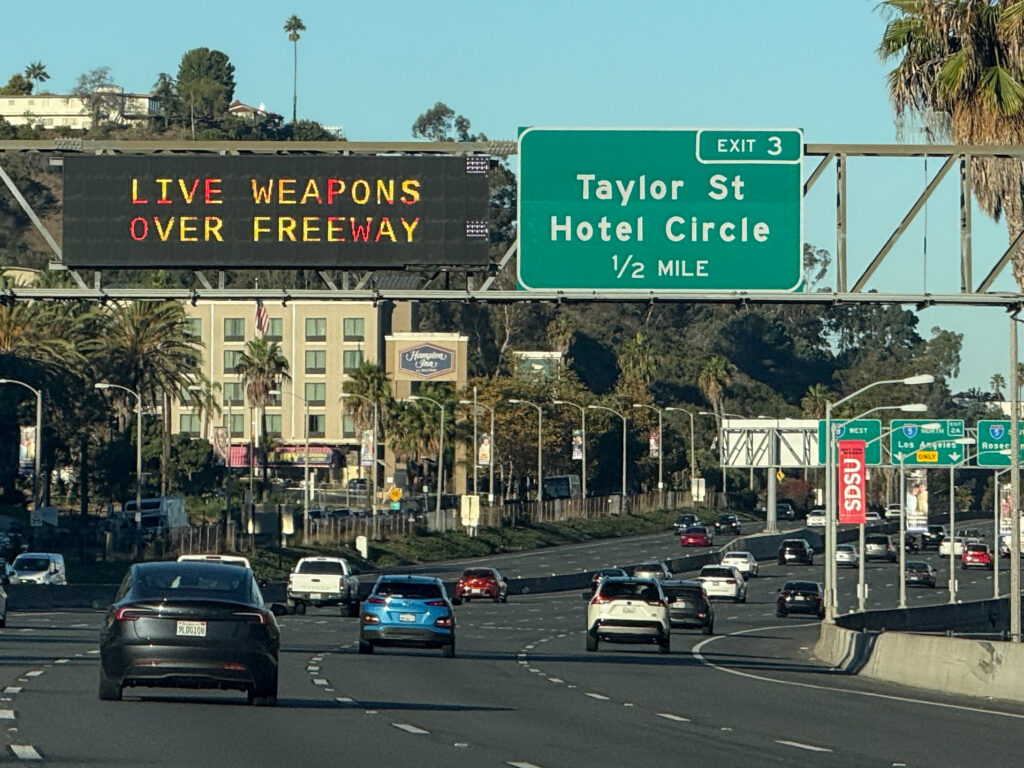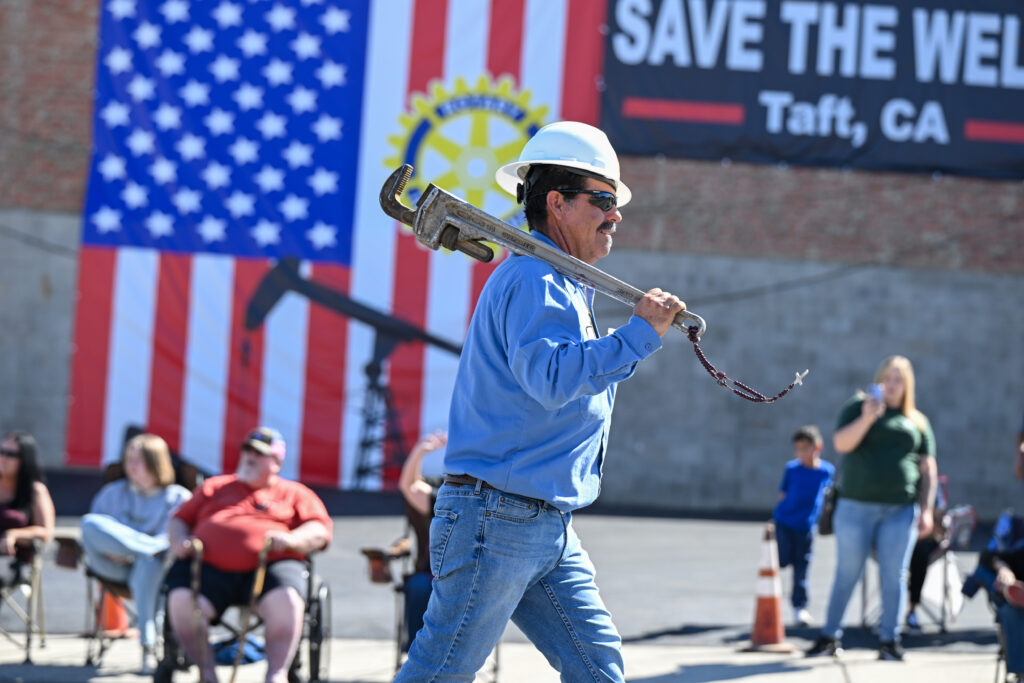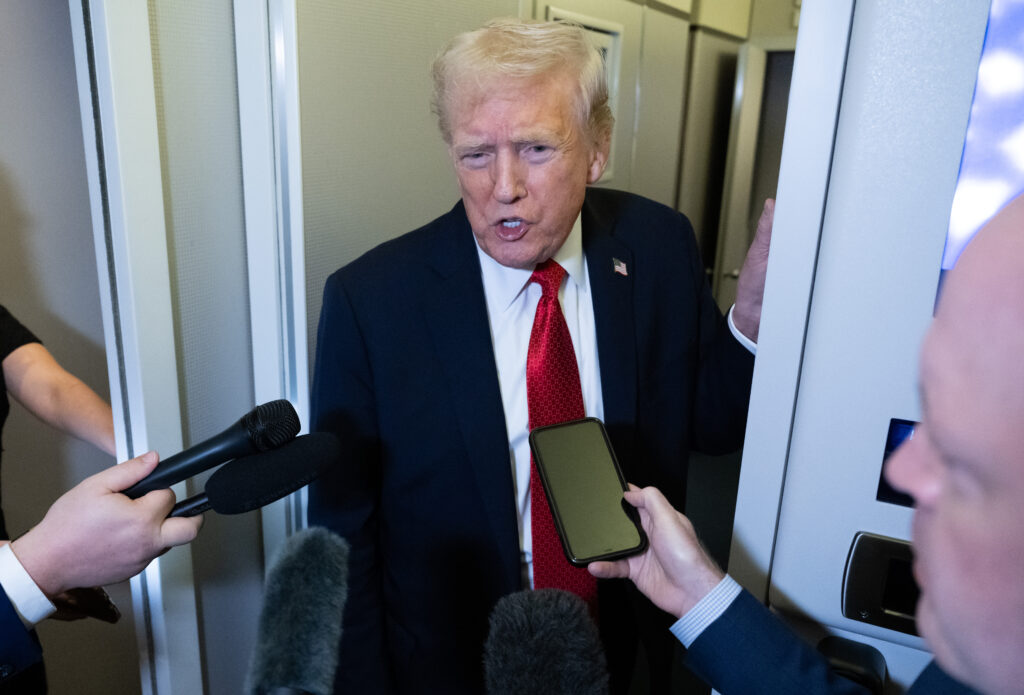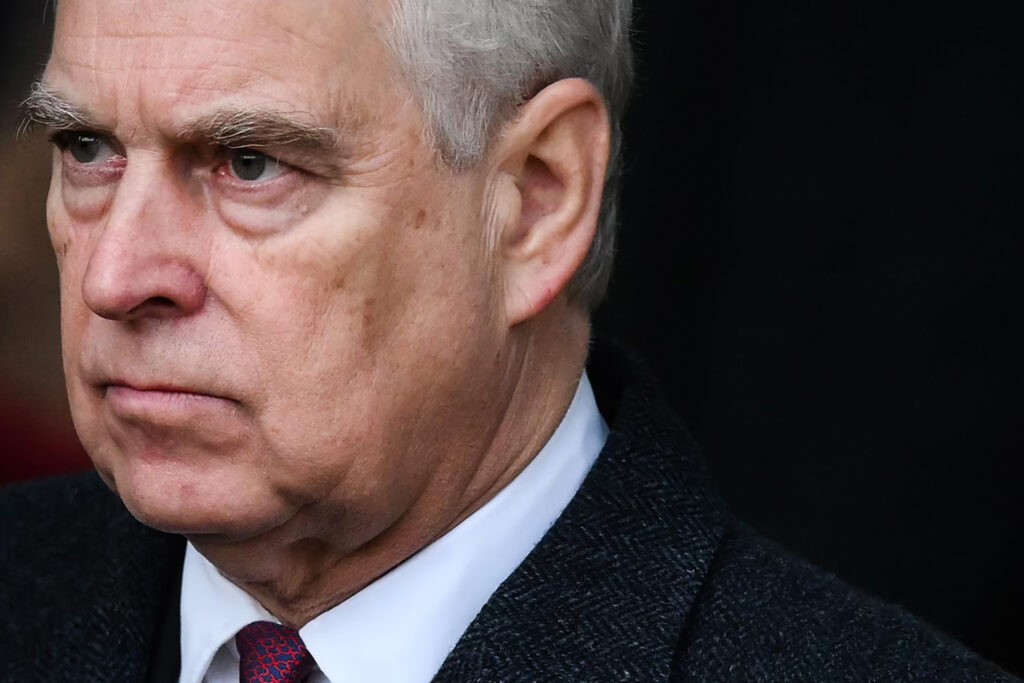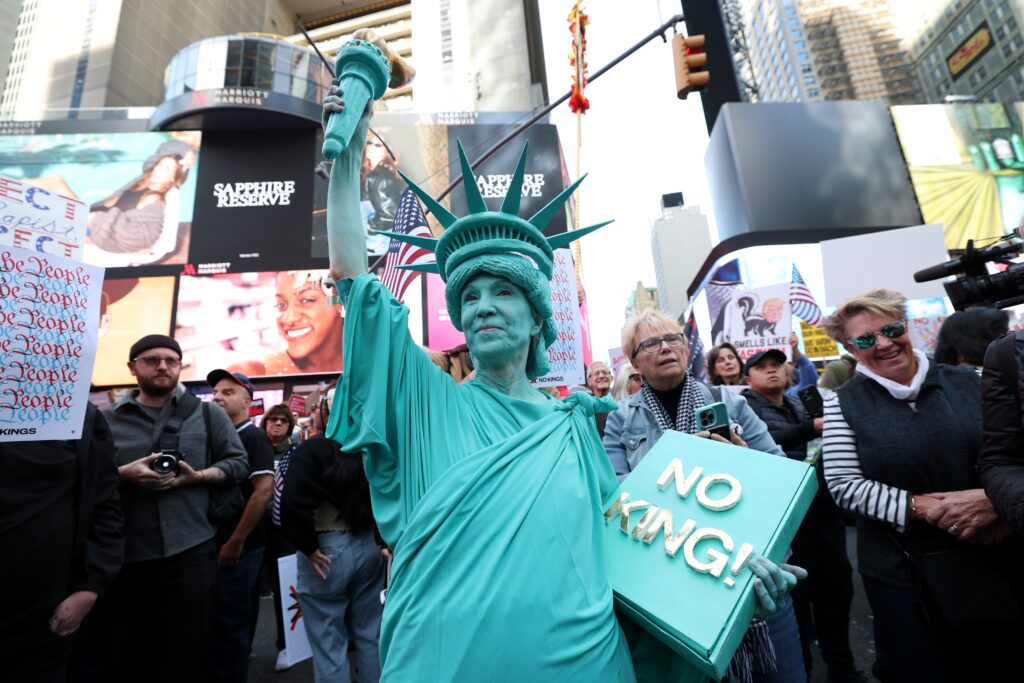Shares in French bank BNP Paribas plummet after US verdict
Shares in France’s biggest bank, BNP Paribas, sank more than seven percent in trading on Monday, following a US court verdict late last week finding it liable for atrocities committed in Sudan.A New York jury on Friday found the bank helped prop up the regime of former Sudanese ruler Omar al-Bashir, opening the way to compensation demands.The eight-member jury sided with three plaintiffs originally from Sudan, awarding a total of $20.75 million in damages, after hearing testimony describing horrors committed by Sudanese soldiers and the Janjaweed militia. BNP Paribas on Monday declared its “unwavering intention to appeal” the verdict. “There is no doubt whatsoever that the bank will fight this case and use all recourses available to it,” it said. BNP Paribas did business in Sudan from the late 1990s until 2009 and provided letters of credit that allowed Sudan to honour import and export commitments. The three plaintiffs who brought the US case — two men and one woman, all now American citizens — alleged that these contracts helped finance violence perpetrated by Sudan against a part of its population.They told the federal court in Manhattan that they had been tortured, burned with cigarettes, slashed with a knife, and, in the case of the woman, sexually assaulted.Attorneys for the French bank argued that its operations in Sudan had been legal in Europe, and stated that the bank had no knowledge of the human rights violations. The bank said the atrocities would have been committed regardless of its operations in Sudan.The war in Sudan claimed some 300,000 lives between 2002 and 2008 and displaced 2.5 million people, according to the United Nations.Bashir, who led Sudan for three decades, was ousted and detained in April 2019 following months of protests in Sudan. He is wanted by the International Criminal Court on genocide charges.The big drop in BNP Paribas’s shares in afternoon Paris trading outstripped a decline for other French banks, which sank around one percent.The bank sought to tamp down speculation that the ruling could open it up to further cases.”This verdict is specific to these three plaintiffs and should not have broader application,” BNP Paribas said in a statement. “Any attempt to extrapolate is necessarily wrong as is any speculation regarding a potential settlement,” it added.Analysts at RBC Capital Markets had suggested in a broker note that “there might be an argument that BNP aims to settle in order to avoid a larger payment as a result of court rulings”.They pointed to estimates by Bloomberg that the settlement could be in the range of $10 billion.
